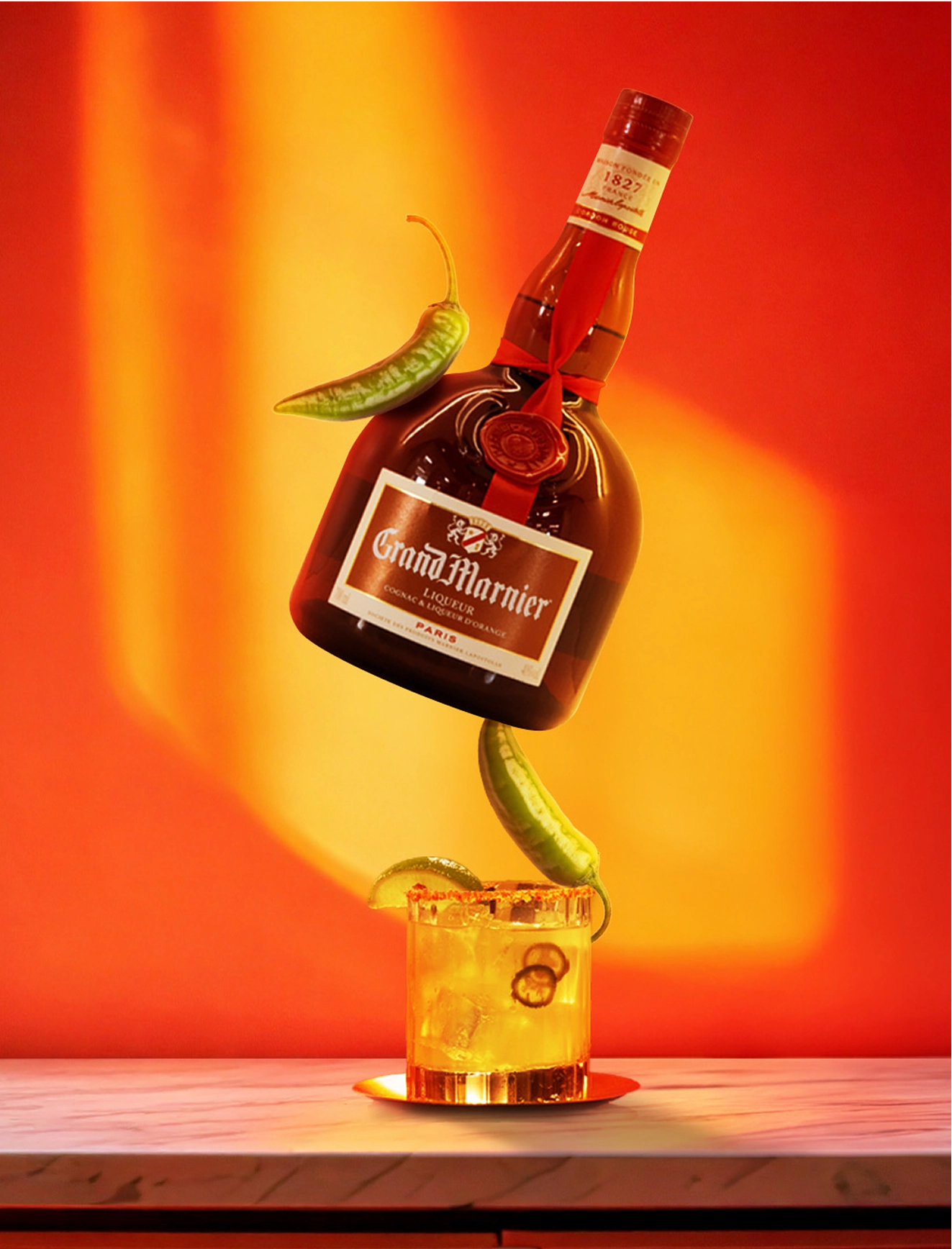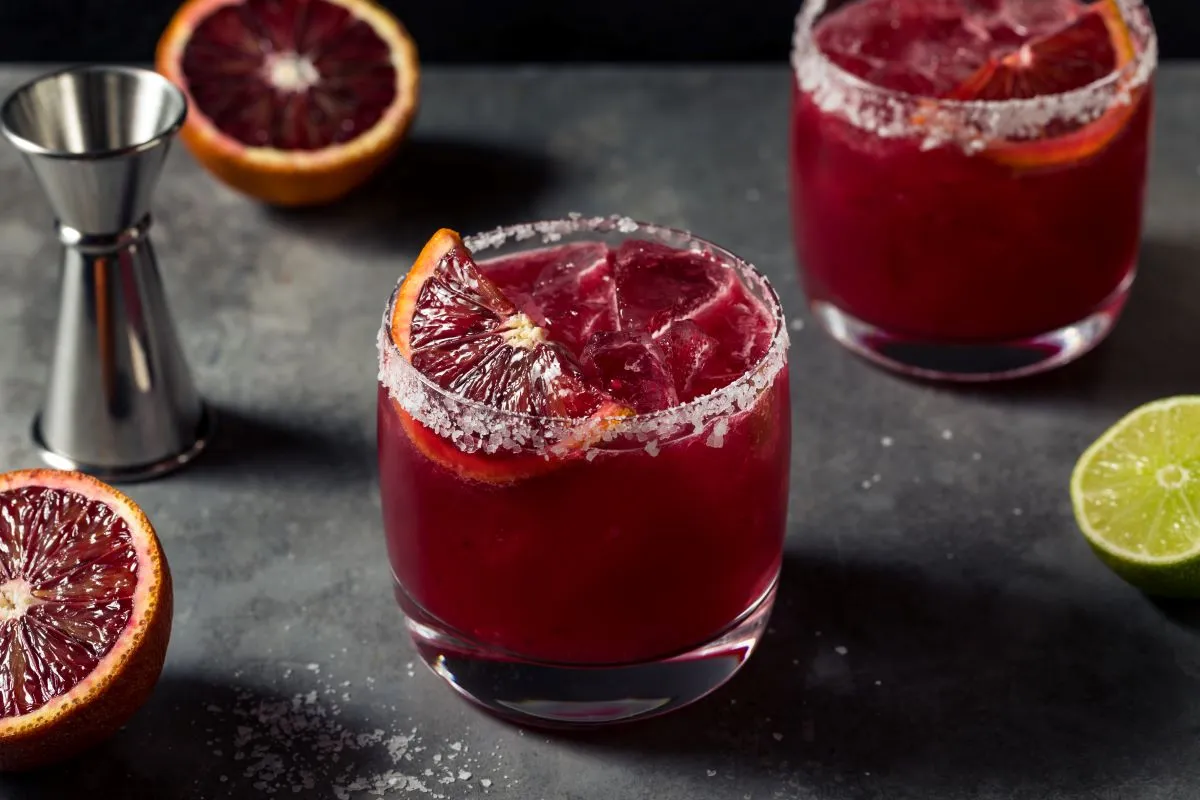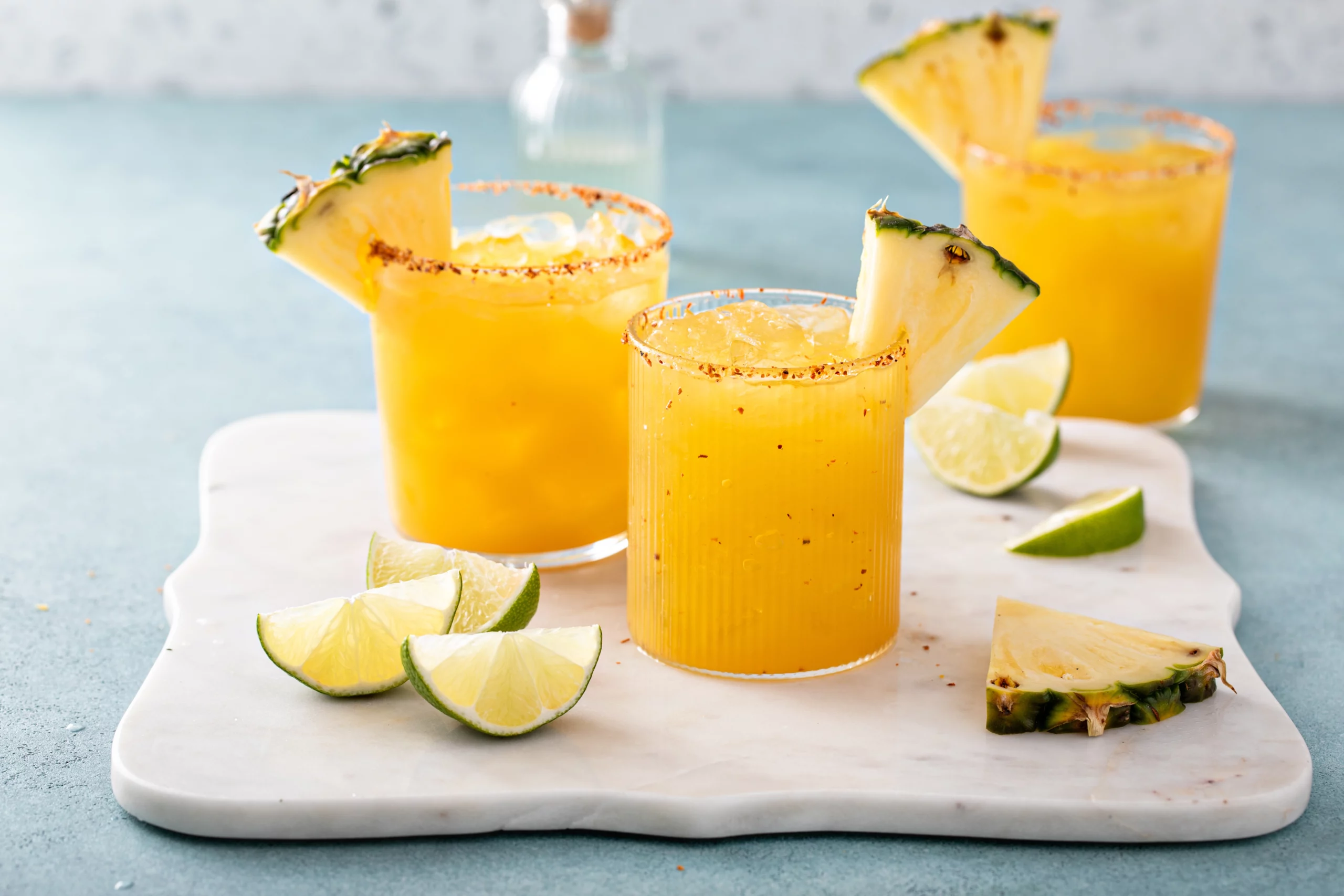
Daiquiri vs Margarita: What's the Difference?
Cocktails are a staple of social gatherings, with certain drinks achieving legendary status. Among them, the Daiquiri and Margarita stand out. Though both are citrus-based and beloved for their refreshing qualities, they each offer unique and very different experiences.
Comparison of Ingredients and Preparation
Daiquiri
A traditional Daiquiri is simple yet sophisticated, composed of three primary ingredients: white rum, fresh lime juice and sugar (or simple syrup). It is believed to have originated in Cuba in the early 1900s, with its name derived from the region including Santiago de Cuba, where a British engineer celebrated its accomplishments mixing the three ingredients that the local nature provided easily. To prepare a classic Daiquiri:
- Ingredients:
- 2 ounces white rum
- 1 ounce fresh lime juice
- 3/4 ounce simple syrup
- Preparation:
- Combine all ingredients in a shaker with ice.
- Shake vigorously until well-chilled.
- Strain into a chilled coupe glass.
- Garnish with a lime twist or slice.
Margarita
The Margarita, a Mexican counterpart, is slightly more complex, featuring tequila, lime juice, and orange-flavored liqueur, such as Grand Marnier. There are numerous stories about its origin, including famous actresses, socialites and very important people of their times, but it’s widely accepted that it emerged in the 1930s or 1940s. Here’s how to make a classic Margarita:
- Ingredients:
- 2 ounces tequila, such as Espolòn Tequila Blanco
- 1 ounce fresh lime juice
- 1 ounce orange-flavored liqueur such as Grand Marnier
- Preparation:
- Rim a glass with salt by rubbing a lime wedge around the edge and dipping it in coarse salt.
- Combine all ingredients in a shaker with ice.
- Shake vigorously until well-chilled.
- Strain into a chilled coupe glass.
- Garnish with a lime twist or slice.
Taste Profiles and Serving Suggestions
Daiquiri
The Daiquiri is renowned for its clean, crisp flavor, where the quality of rum takes center stage. The lime juice provides a tartness that is balanced by the sweetness of the sugar, creating a harmonious blend. It is typically served straight up in a coupe glass, emphasizing its elegance and simplicity. For a refreshing twist, variations like the frozen Daiquiri incorporate fruit purees, adding another layer of flavor and a slushy texture, ideal for hot weather.
Margarita
The Margarita, on the other hand, offers a more robust flavor profile, thanks to the boldness of tequila and the rounder body gave by Grand Marnier, with the lime juice adding a sharp touch to it. The salted rim enhances the overall experience by contrasting the drink’s sour and sweet elements. Margaritas are versatile and can be served on the rocks or blended with ice for a frozen version. Flavored Margaritas, such as strawberry or mango, are popular adaptations that introduce a fruity sweetness: check out our Margarita World section for a deep dive into our variations.
Why Add Grand Marnier to These Cocktails?
Grand Marnier can significantly enhance both the Daiquiri and Margarita. Its complex blend of cognac and bitter orange liqueur provides a sophisticated depth and richness that elevates these cocktails to more elegant and luxurious heights.
In a Daiquiri
Adding a splash ofGrand Marnier to a Daiquiri can introduce an additional layer of flavor, complementing the lime and rum with a nuanced orange note. This will create a game of alternances between citrusy and sweet, bringing a timeless classic to new life.
In a Margarita
Replacing or augmenting the triple sec with Grand Marnier transforms a standard Margarita into a Cadillac Margarita or Grand Margarita. The cognac base of Grand Marnier adds a velvety texture and an intricate flavor profile that pairs wonderfully with earthy, high-quality tequila.
Preparation Tips
- Daiquiri: Rum and Grand Marnier both give sweetness to the drink, therefore slightly reduce the sugar part. 15ml of Grand Marnier are the perfect amount, and adjust the rum accordingly.
- Margarita: Grand Marnier adds an incomparable layer of complexity; consider using a reposado or añejo tequila to match the new balance and provide with a full new drinking experience.
 Belgium
Belgium 



